Ed ecco la seconda parte del nostro reportage dall’interno dell’Institute of Sonology de L’Aja.
Stavolta la palla passa a Tomer Harari, che ha frequentato il Course, di cui abbiamo già parlato, e sta terminando il Master biennale. Subito una anticipazione dal suo “saggio” all’Istituto, una performance per chitarra, WIImote e SuperCollider, un one man show che farà rodere i chitarristi, una applicazione di live electronics molto interessante. Ascoltare per credere…
A lui la parola quindi, con l’avvertenza che stavolta l’intervista è in inglese…d’altronde, se vorrete studiare all’Aja qualche parola la dovrete pur masticare…
Tomer, how would you describe the Course? What about the positive aspects, the negative ones. Would you suggest it to a young student in sound studies?
The course is a one year program that covers wide range of topics in the field of computer music.
Positive things:
There is no papers or test at the end of the course.
The student can choose what classes to follow from the suggested schedule for the course but it is also possible to follow classes from the degree program.
So there is a lot of freedom to basically do whatever you want.
I also think that the teachers have a very high level of knowledge, each in his own field.
Another nice thing is that pepole come to the course from all around the world.
All and all, I would say that sonology is a pretty uniqe place.
Negative things:
Den Haag is pretty boaring place to live in, not a lot to do and the weather sucks.
I cant really say bad things about the course.
Which skills and competences do you reckon you have developed there? What was more important for your career?
Basicly I have spent the course year absorbing information, was exposed to new music and musicians that i havent heard about before.
I have developed deeper understanding about what is possible in computer music in general, and got sense of direction for what i want to do next.
What are you currently working on, after this one-year full immersion in sound?
Currently I am making live electronic music with musical instruments and using sensors as means of control and interaction between musicians and the computer.
I am using sensors to capture movement genereted by a musician like bow movement etc, and using it to modifie patameters of sound processing.
Examples of my works are avaliable online.
- The Sound Outside – Podcast series with the authors - June 1, 2020
- From silence, listen to the future - April 13, 2020
- The Sound Outside – Listening to the world at Covid-19 Time - March 28, 2020


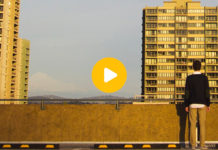
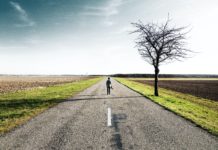
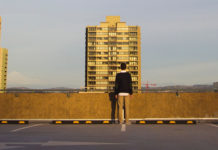
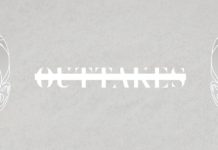

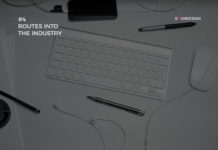


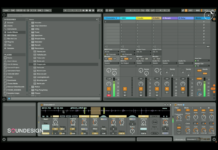
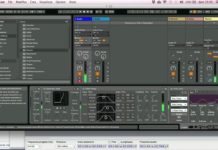

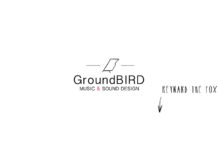
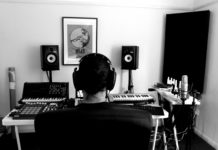
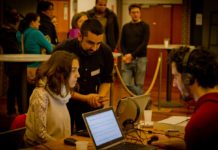

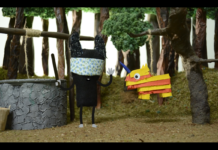
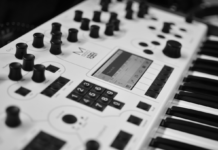
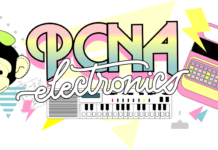
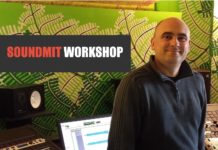
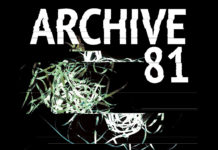

Sicuramente il mezzo tecnologico è ben progettato ma il risultato lascia un po’ a desiderare… mi è capitato per caso di vedere in Triennale a Milano un chitarrista italiano sconosciuto (a mio avviso) che per quanto ho visto utilizza un sistema tecnologico simile, con la wii o sensori sulla chitarra e Max/MSP… il risultato musicale e sonoro l’ ho trovato molto più interessante e pensare che sia made in italy mi rende orgoglioso.
Essendoci però diversi musicisti in un contesto improvvisativo (takla improvvisation) non sono riuscito a capire il nome… :-/
In effetti torniamo sempre sullo stesso punto: tecnologie sofisticate (benché non più nuovissime) per contenuti sonori non sorprendenti. In questo caso la performance sconta una scarsa organizzazione del materiale, che risulta alla fine caotico e quindi di poco impatto, musicalmente parlando.
Io ho trovato interessante lo sviluppo di un live electronics che si basa sì sull’elaborazione in tempo reale del suono ma che lo fa in relazione anche alla gestualità del musicista, e alla fisicità dei movimenti…una gestualità che come abbiamo più volte sottolineato la prima ondata di tecnologie applicate al suono avevano un po’ messo in secondo piano, con le conseguenze che ben sappiamo.
Peccato non sapere il nome del misterioso chitarrista della Triennale, cerchermo di fare comunque delle indagini a partire da Takla Improvisation…